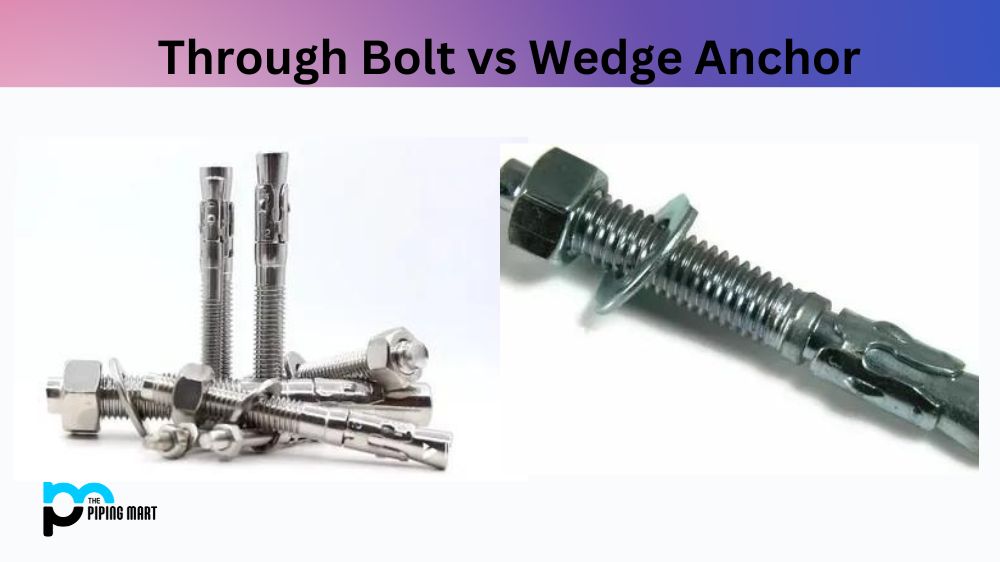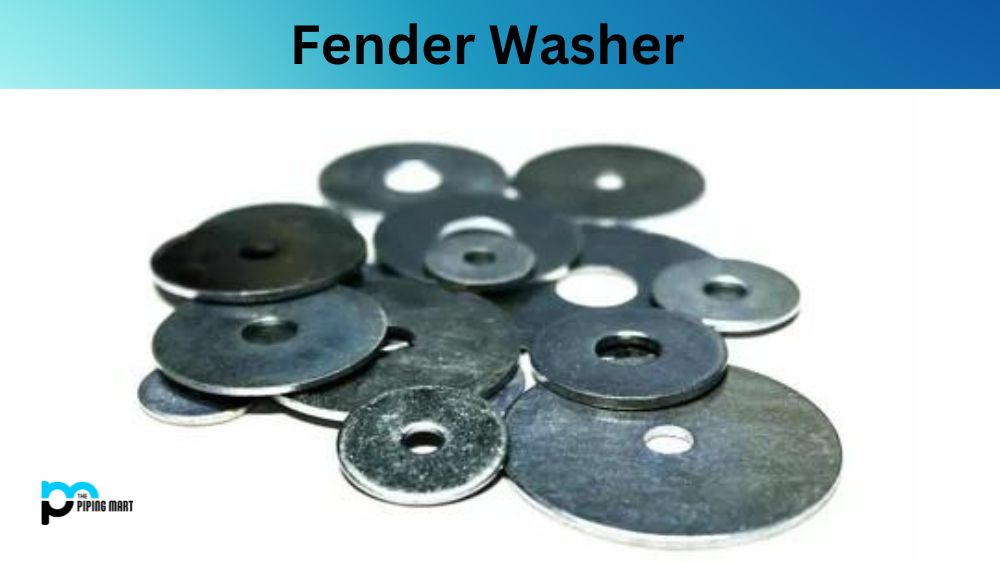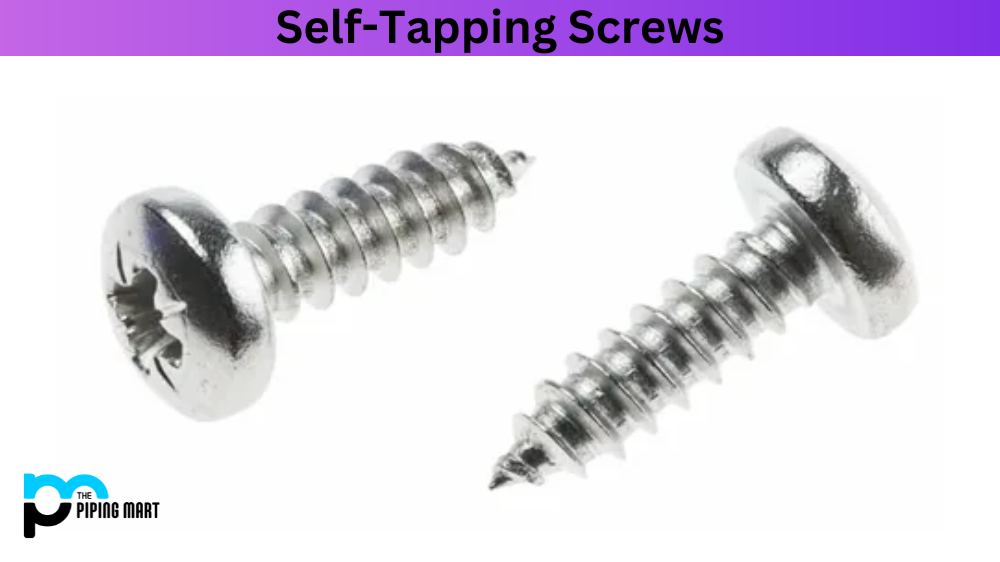When securing something in place, bolts and anchors are often necessary. Whether mounting a television on a wall or securing a support beam, choosing the right anchor is a critical decision. Two popular options are through bolts and wedge anchors. This article will discuss the difference between these two anchors so you can make an informed decision whenever you need to secure something.
What is Through Bolt?
A through bolt is a fastener consisting of a bolt, nut, and washer. It passes through one material and uses threads to secure another material to the first. Through bolts are designed for applications requiring greater load-bearing capacities than other fasteners like nails or screws. They also provide improved resistance against vibration and can be used in many different materials, including wood, steel, concrete, stone, brickwork, etc.
What is Wedge Anchor?
Wedge Anchors are masonry fasteners that consist of a threaded rod, an expansion clip, and a nut. They are designed to be embedded into concrete or masonry materials to securely anchor objects such as handrails, signposts, bolts, and lag screws. Additionally, Wedge Anchors can be used in other applications, such as threading rods into substrates over 1 inch thick.
Difference Between Through Bolt and Wedge Anchor
Design:
Through bolts are made of different components, namely a bolt, nut, and washer. It has an externally threaded surface and is inserted through the pre-drilled holes and then tightened using a torque wrench. On the other hand, wedge anchors are inserted into concrete to create a secure hold. They come with a threaded bolt that acts as the fastener, and the anchor is designed with a wedge-shaped bottom that expands as the bolt is tightened.
Strength:
Through bolts are generally stronger than wedge anchors. They can handle more weight and force, especially when installed properly. Because bolts are tightened with a torque wrench, they can grip the material they’re mounted on more effectively. Wedge anchors, however, may not be able to handle as much weight and force as through bolts, as they rely on the strength of the surrounding material to hold them in place.
Installation:
Through bolts may take longer since they require several different components. You need to put the bolt through a pre-drilled hole, add a washer and a nut, and then tighten it with a torque wrench. Wedge anchors, on the other hand, require less work and components. You only need to drill a hole, drop the anchor, and tighten the bolt.
Use cases:
Through bolts are mostly used for indoor and outdoor construction projects where a secure and temporary hold is necessary. They are preferred for mounting heavy-duty items such as air conditioning units, railings, and cables. Wedge anchors, on the other hand, are used for permanent installations. They are preferred for securing machinery, metal to concrete applications, and heavy equipment to concrete surfaces.
Material Compatibility:
Through bolts are suitable for use in various materials like concrete, brick, stone, and steel. Wedge anchors, on the other hand, have limitations. They are mostly used in concrete and unsuitable for soft or porous materials such as bricks or stone.
Conclusion:
When deciding which anchor to use, you must consider the specific needs of your project. Through bolts are best for temporary installations that require high strength and can handle various materials. Wedge anchors are ideal for permanent installations and are primarily used only in concrete. Understanding the differences between through bolts and wedge anchors will help you make informed decisions about which one is right for your project.

Pipingmart is a B2B portal that specializes in metal, industrial and piping items. Additionally, we share the latest information and information about materials, products and various types of grades to assist businesses that are involved in this business.



